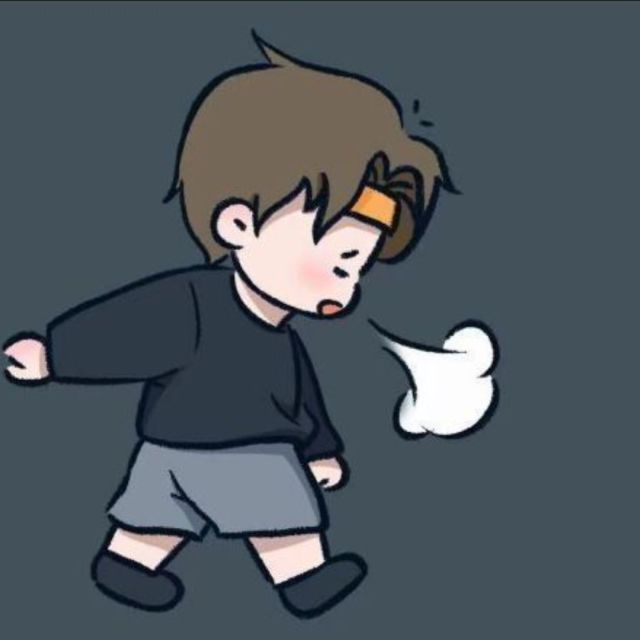csbu-binary
Bits and Bytes
bit stand for binary digit, and one byte is an 8-bit group.
ASCII
ASCII stands for American Standard Code for Information Interchange.
This is a 7-bit code, meaning there are 2^7 or 128 available codes. It’s composed of two part, printable character and unprintable character.
Parity
In ASCII, we use 7 bits, and there is one bit unused, just for Parity.
Parity is a simple error-detection method used in digital communication and storage.
We add one extra bit (called the parity bit) to the data so that the total number of 1s (including the parity bit) follows a rule.
Practical Implications
Masking
1 |
|
Flags
1 |
|
本博客所有文章除特别声明外,均采用 CC BY-NC-SA 4.0 许可协议。转载请注明来源 HaoIne!
